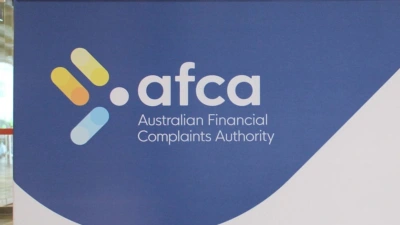Don’t get excited about borrowing in super



Peter Bobbin
The new rule now allowing superannuation funds to borrow has caused much anticipation within the industry, however, according to lawyer Peter Bobbin, it is nothing to get excited about.
Speaking at the Self-Managed Super Fund Professionals Association of Australia National Conference, Bobbin, a senior partner with The Argyle Partnership Lawyers, shed some light on the new section of the Superannuation Industry Supervision Act causing all the fuss — section 67(4A).
“[This new section] does not permit a superannuation fund to borrow, it relaxes the prohibition in section 67(1), but only if the conditions within the new expectations are met,” he explained.
“The proper starting point for analysis of this new law is not with section 67(4A) but with the prohibition in section 67(1) — a superannuation fund must not borrow or maintain an existing borrowing — this rule still applies.
“Section 67(4A) is an exclusion section that saves a superannuation fund from being in breach of the borrowing prohibition.”
Bobbin stressed to delegates that to enjoy this exclusion, the arrangement must comply precisely with the elements expressed in the new section and that there was no room for error.
Specifically, Bobbin said that based on the wording of the new law, it is not a borrowing; it is actually a debt funded asset acquisition.
“It is just ordinary gearing that just happens to be available in superannuation,” he added.
“Don’t get overly excited about it; just approach it like you would anything else.”
Recommended for you
ASIC’s court case with Interprac is causing advisers to explore the possibility of self-licensing, according to My Dealer Services, as they observe the reputational damage it can bring to a practice.
AZ NGA has entered a strategic partnership with a Sydney advice firm with $600 million in assets under advice to support its succession plans and future growth.
With complaints on the rise and an expanded jurisdiction, the Australian Financial Complaints Authority is on the hunt for four C-suite roles, three of which are newly-created positions.
Ahead of the 1 January 2026 education deadline for advisers, ASIC has issued its ‘final warning’ to the industry, reporting that more than 2,300 relevant providers could be on their way out.










